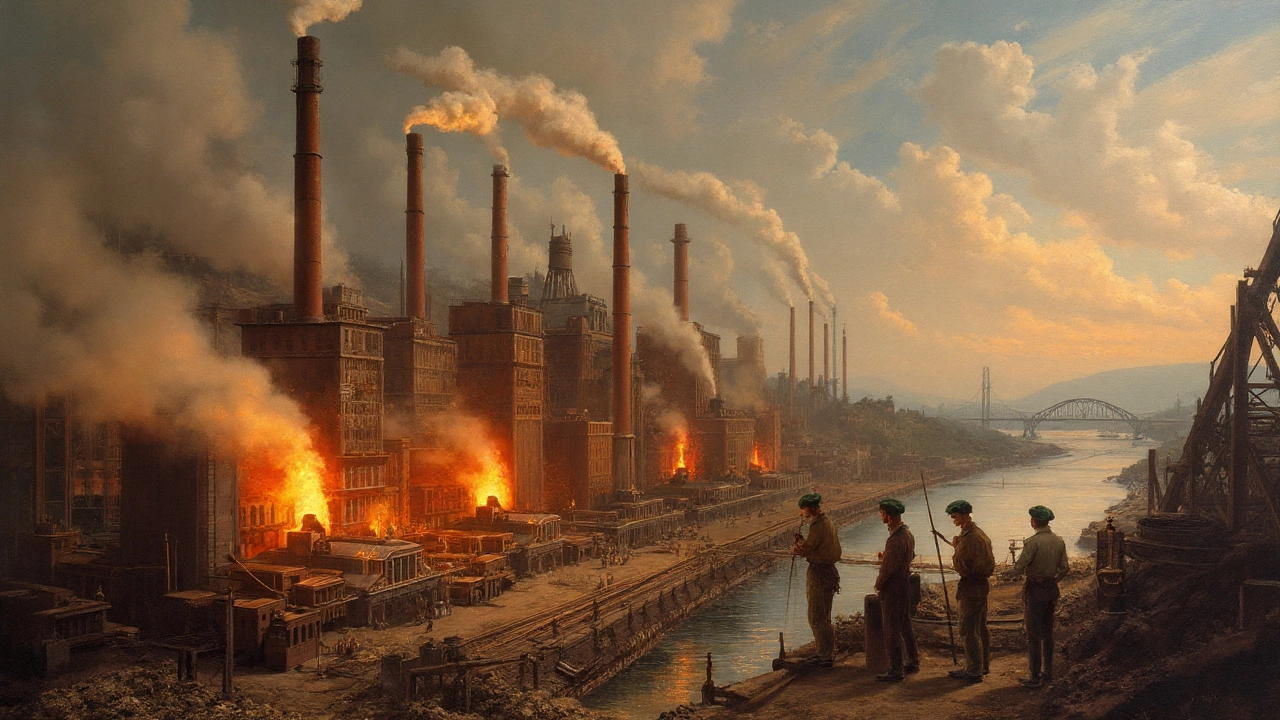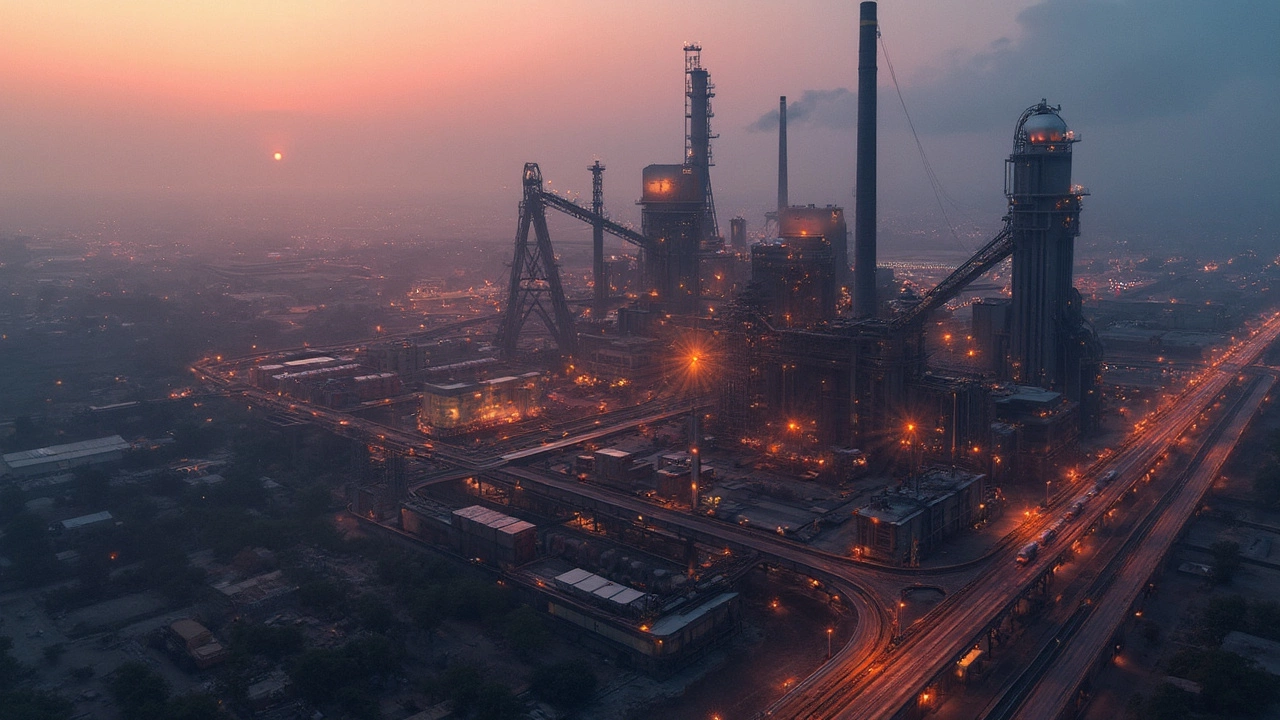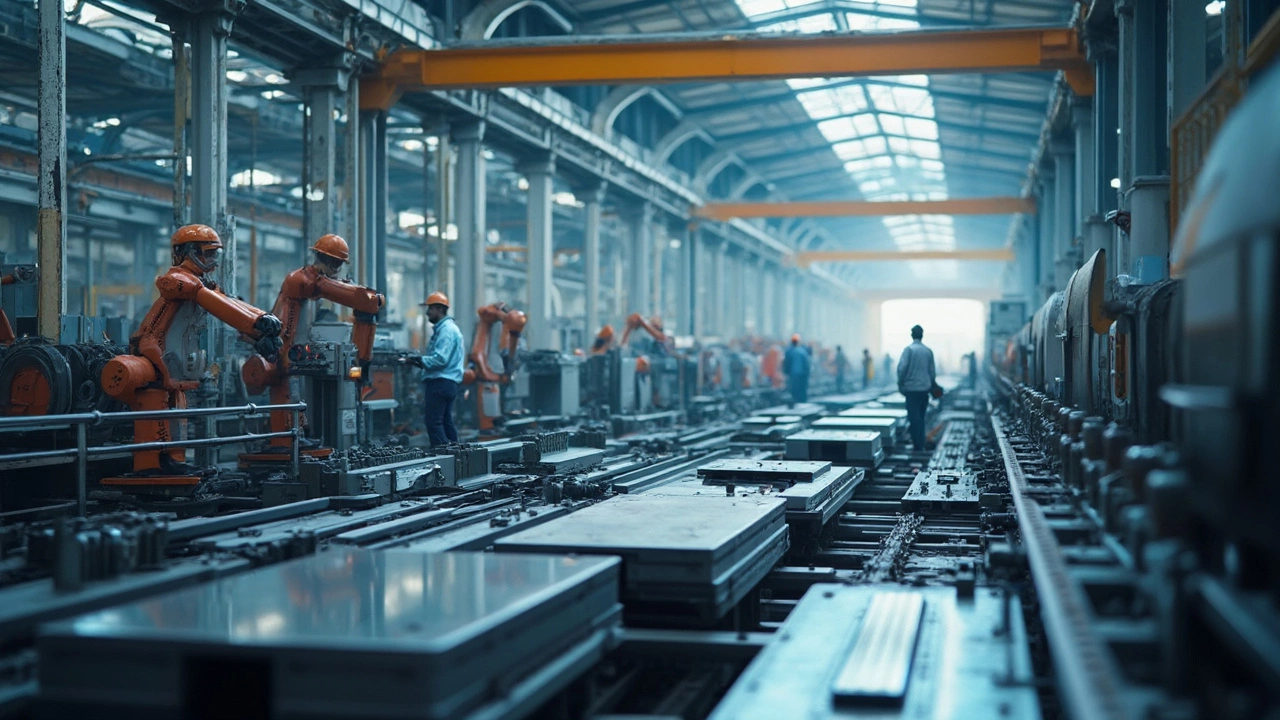Steel Industry Insights: What’s Shaping the Market Today?
If you’re wondering why steel still matters in 2025, you’re in the right place. From skyscrapers to elevators, steel is the backbone of modern infrastructure. In India, the sector is a major job creator and a key export driver. But it’s also facing pressure from greener policies, global competition, and changing demand patterns. Let’s break down the forces at play and see where the industry is headed.
Key Drivers Behind Today’s Steel Production
First up, demand. Construction booms in Tier‑2 and Tier‑3 cities keep the need for beams, rebar, and sheets steady. At the same time, automotive makers are shifting to lighter, high‑strength steel to meet fuel‑efficiency targets. That mix of heavy‑duty and high‑tech demand pushes producers to balance volume with quality.
Second, technology. Modern electric‑arc furnaces (EAF) cut energy use by up to 30% compared with traditional blast furnaces. Companies that invest in automation and AI‑driven quality control see less scrap and higher yield. For a lift‑system maker like SkyWings, these advances mean stronger, more reliable elevator frames at lower cost.
Challenges You Can’t Ignore
Environmental rules are tightening worldwide. Carbon‑pricing schemes and stricter emissions caps force steel mills to adopt greener processes or buy offsets. Some plants are transitioning to hydrogen‑based reduction, but the upfront cost is still high.
Trade dynamics add another layer of complexity. Recent studies show that the U.S. still exports a modest amount of steel to China, but tariffs and geopolitical tensions can swing the numbers quickly. Indian manufacturers must stay alert to both import duties and export opportunities, especially in fast‑growing markets like Southeast Asia.
Finally, labor skill gaps. As factories become more digital, the need for workers who can manage robotics, data analytics, and process optimization grows. Companies that partner with technical schools or launch apprenticeship programs keep the talent pipeline flowing.
Understanding these challenges helps you spot where the market will open up. For example, firms that offer eco‑friendly steel grades or provide turnkey solutions for complex projects often win premium contracts.
Where the Steel Industry Is Headed
Looking ahead, three trends stand out. One, the rise of “green steel” – low‑carbon products that command higher prices in Europe and North America. Two, increased consolidation as larger players acquire niche specialists to broaden their product mix. Three, a growing focus on value‑added services, from design assistance to lifecycle maintenance, especially in sectors like elevators where steel components are critical for safety.
For businesses that rely on steel, staying ahead means keeping an eye on these shifts, adopting new tech early, and building relationships with suppliers who are already moving toward sustainability.
Got questions about how steel trends affect your project or product line? Drop a comment below – we’re here to help you navigate the ever‑changing steel landscape.


